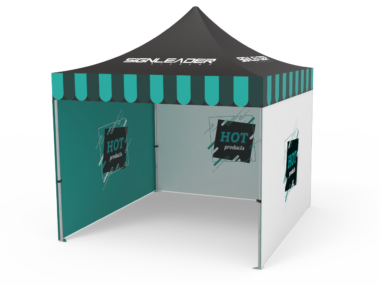The 6.5 Creedmoor, frequently incorrectly spelled as the “6.5 Creedmore,” is a round intended for long-range sport shooting.
This is what it appears as though:
6.5 creedmoor cartridge
The “6.5” in 6.5 Creedmoor represents the width of the projectile, which is 6.5 mm in measurement, or around .26-type in magnificent units.
The “Creedmoor” in 6.5 Creedmoor comes from the name of 6.5 creedmoor ammo the organization that assumed a part in the advancement of the cartridge, Creedmoor Sports (which is thusly named after the Creedmoor shooting matches of the eighteenth and nineteenth century).
This is what it seems as though contrasted with a few other famous bullets:
6.5 creedmoor ammunition
Albeit the 6.5 Creedmoor was initially intended for long-range world class shooting, it’s since been embraced by trackers and by specific parts of the military for killing creatures and individuals, separately.
The beginning of this cartridge starts in a discussion between Dave Emary, Hornady’s Senior Ballistics Scientist, Dennis DeMille, Creedmoor Sports’ VP of item improvement, and Joe Thielen, Assistant Director of Engineering at Hornady.
In the same way as other extraordinary items, the 6.5 Creedmoor was made out of disappointment.
In particular, Dennis DeMille’s dissatisfaction. DeMille is a world-record holding, double cross National Rifle Champion and is viewed as one of the top shooters on the planet.
Back in 2005, he was contending at the yearly National Rifle Matches in Camp Perry, Ohio, which are pretty much the super bowl of rifle firing rivalry.
DeMille had become baffled with the 6XC cartridge he was utilizing—a wildcat cartridge that was causing breakdowns.
(A wildcat cartridge is a cartridge made by home reloaders, the plan of which isn’t normalized or efficiently manufactured).
The issue he was running into was that to get the projectile to go as quick as he needed it to, he needed to put such a lot of black powder for the situation that the cartridge would glitch. The abundance fuel would either victory the groundwork or grow the case, making it hard to extricate.
Accordingly, DeMille made a rundown of highlights that would make the ideal high-power round for long-range shooting.
This is what he thought of:
Have the option to fit in a .308 magazine so that it’s viable with hardware that numerous shooters as of now use.
Have less force than the .308 so shooters can make precise subsequent shots with insignificant shoulder exhaustion.
Shoot as level as conceivable with, negligible slug drop and wind float.
Produce insignificant barrel wear.
Utilize broadly accessible parts with distributed, normalized reloading rules so hand-loaders can change their cartridges to suit their requirements.
Emary and Thielen spent the following year growing simply such a cartridge.
Through their testing and broad joined insight, they not really settled that a 6.5 mm projectile offered the best long-range execution (inclining further toward that in a second).
Then, they required a case that would hold the long, weighty 6.5 mm shot, that would likewise hold sufficient black powder to push it to their ideal speeds. To tackle this issue, they utilized the instance of another pristine cartridge, the .30 Thompson Centerfire (.30 TC).
Later somewhat “necking down,” or resizing the .30 TC case with the goal that it could fit a 6.5 mm projectile, they made the 6.5 Creedmoor.
This is what the .30 TC looks like contrasted with the 6.5 Creedmoor and .308:




